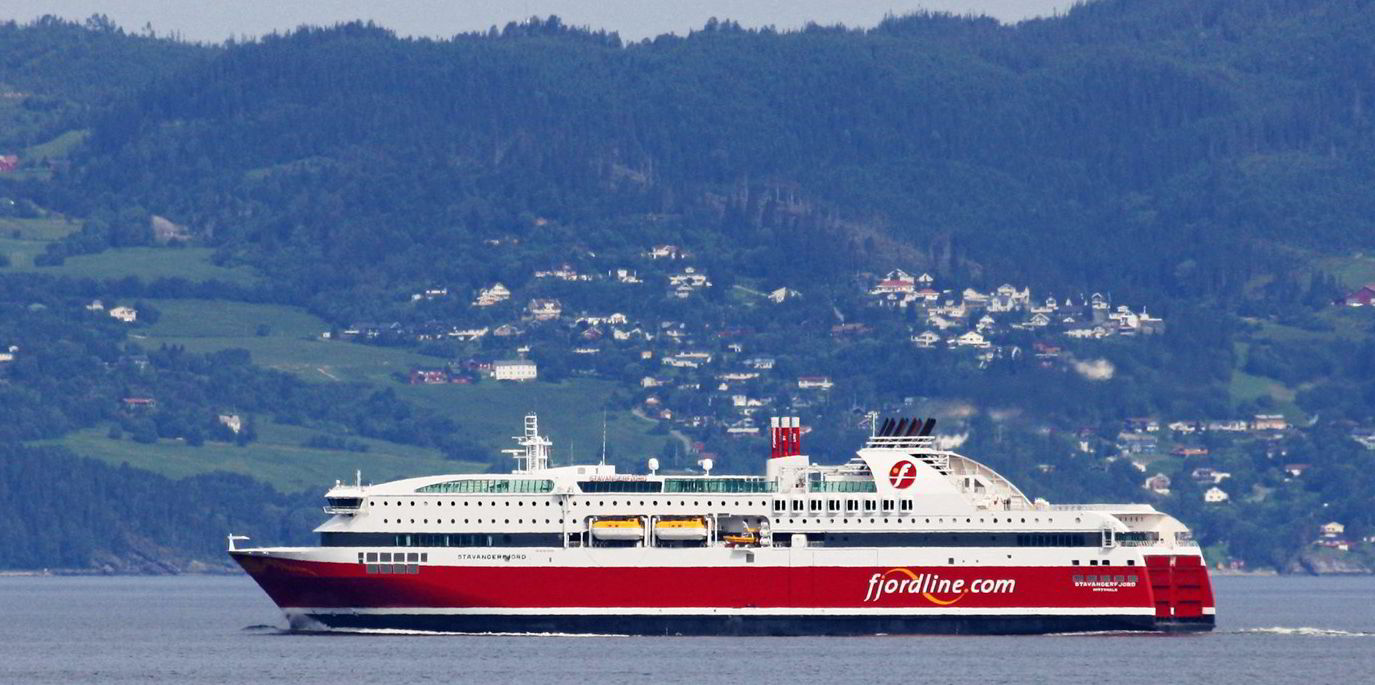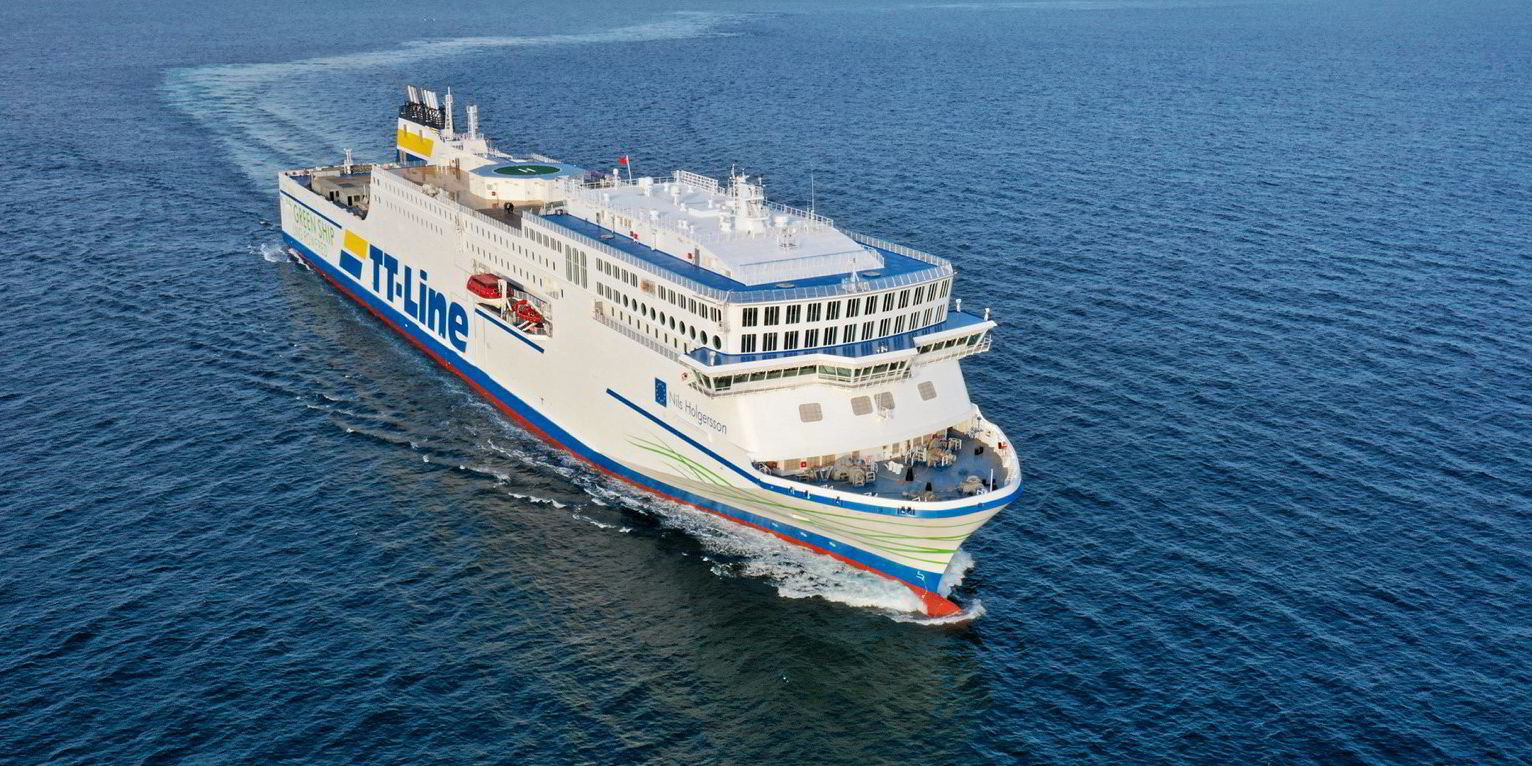An ageing cruise ferry and ropax fleet has been holding its value well, but this could be set to change, according to VesselsValue.
The UK valuation platform believes an impending recession could hit the sector harder than the 2008 financial crash.
VesselsValue has now added ferry market values to its portfolio, which already includes cargo vessels, offshore units, vehicle carriers and ro-ros.
It assesses the ferry fleet as worth $24.49bn, but said operators have not yet fully recovered from Covid-19 lockdowns.
“Ferries could now be facing a global recession deeper than the last global financial crisis of 2008-2009, when most ship values plummeted,” chief commercial officer Matthew Freeman said.
Global net fleet growth of 1.47m gt has been logged since 2016, a rise of 13.2%, including 2022.
The main catalyst has been stronger demand for freight capacity, with 116,285 lane metres added, or 16.2%, VesselsValue said.
By contrast, passenger capacity firmed at a slower pace of 8.6%.
The platform said an ageing fleet of 482 units is now under pressure, as 109 ferries above 13,000 gt are more than 30 years old.
“This is high, and these would be prime candidates for demolition in most deepsea sectors,” said Daniel Nash, head of ferry, vehicle carrier and ro-ro.
Ferries an exception
But he explained that this is not the case for shortsea ferries, especially those trading in the main European market.
Cruise-type ferries, for example, are known to operate for more than 40 years in Baltic and Mediterranean corridors.
They can achieve “respectable” prices in the secondhand market, Nash said, as evidenced by the sale of Viking Lines’ 16,900-gt Rosella (built 1980), which went for €11.25m ($12.08m) in December to Aegean Speed Lines of Greece.
This mature group of 109 ferries has a combined value of €1.26bn.
But this figure is likely to come under increased strain later this decade once the International Maritime Organisation’s new Carbon Intensity Indicator (CII) is fully policed, Nash argues.
“Ultimately, this will force ships to steam slower, and shipowners to nominate inefficient, vintage units earlier to the breakers,” he said.
“Furthermore, if the European Union continues to push forward with a levy-based approach to CO2 emissions, this spells trouble for smaller, less capitalised European shipowners.”
The valuation platform estimates 23% of the fleet is exposed in this way, based on an average demolition age of 42.
Near the peak?
“We could be approaching peak values for 30 to 35-year-old tonnage, based on a de facto age restriction from CII,” Nash said.
Vessels built by the Visentini yard in Italy remain highly desirable, as demonstrated by the price of €50m fetched by the 26,400-gt Epsilon (built 2011) from EuroAfrica last May.
VesselsValue assesses it as worth €54.97m now.
Italy is the top-owning nation by market value for ships above 13,000 gt, with $4.04bn of assets, including those on order.
China takes second place with $2.64bn and Japan is third on $2.56bn.
Italy’s Grimaldi Group has the most valuable fleet ($1.49bn).






